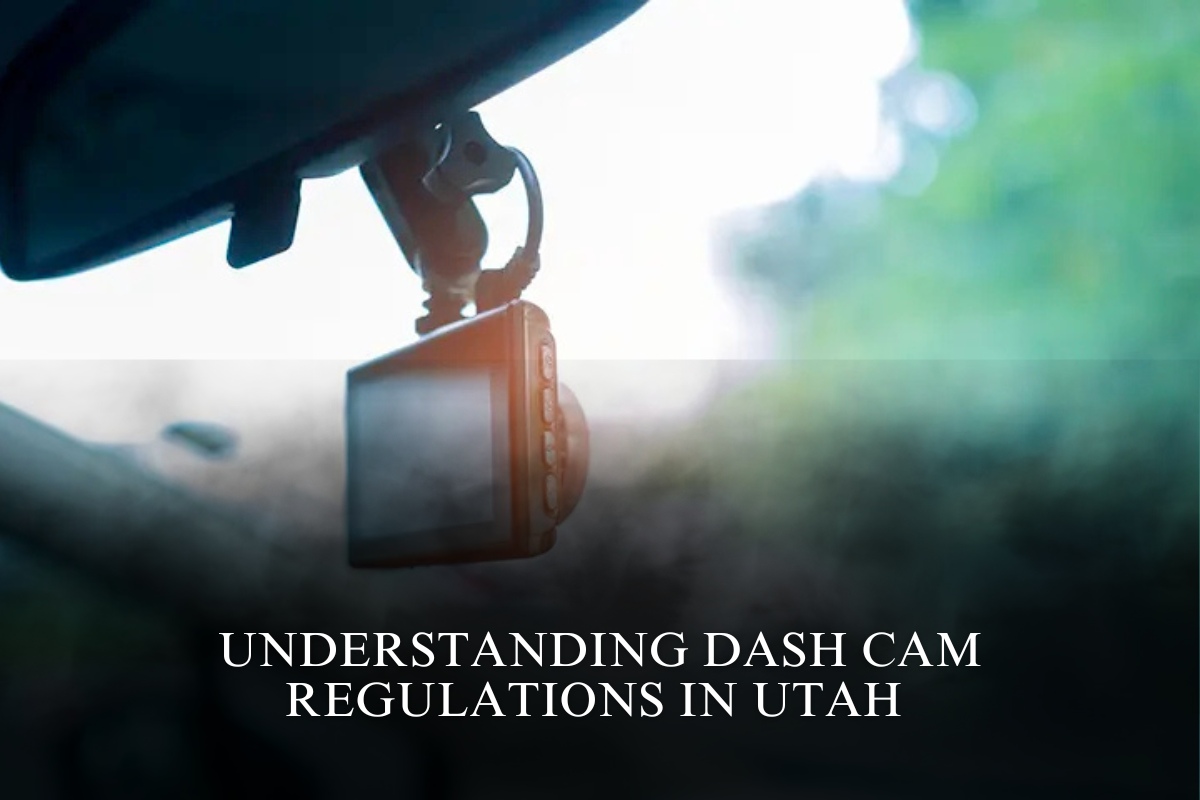Green Bay, WI – Severe thunderstorms are continuing to move across parts of Wisconsin, Iowa, Minnesota, and South Dakota, with a risk of damaging winds, hail, and flash flooding. The National Weather Service has issued Severe Thunderstorm Watch 476, which remains in effect until 5 a.m. CDT Sunday for several counties in Wisconsin.
Affected Areas
The Severe Thunderstorm Watch 476 includes areas such as Barron, Rusk, Chippewa, Dunn, and Eau Claire counties in Wisconsin. Cities like Chippewa Falls, Eau Claire, and Rice Lake are expected to experience severe weather as thunderstorms continue overnight. These storms bring a heightened risk of heavy rain, strong winds, and potential hail, which could make travel hazardous, especially on secondary roads and highways.
Separate Severe Thunderstorm Watch in Other States
In addition to Wisconsin, a Severe Thunderstorm Watch 475 is in effect for parts of Iowa, Minnesota, Nebraska, and South Dakota. Cities like Sioux Falls, Brookings, and Worthington may see strong winds and flash flooding that could disrupt travel and power supplies.
Further north, Taylor, Price, and Sawyer counties in north-central Wisconsin, including Medford and Hayward, are also under a watch. The storm system is expected to bring rapidly changing weather conditions, and there is a possibility of power outages and downed trees due to the strong winds and storms.
Safety Tips for Affected Areas
Residents are urged to stay indoors, avoid unnecessary travel, and be prepared for sudden changes in weather conditions. The storms could cause disruptions to power and services, so it’s important to keep flashlights and other emergency supplies on hand. Drivers should use caution if traveling, as visibility may be reduced, and debris could make driving dangerous, especially on less-traveled roads.
The Severe Thunderstorm Watch in effect until 5 a.m. CDT Sunday covers parts of Wisconsin, Iowa, Minnesota, and South Dakota, with a risk of severe storms bringing strong winds, hail, and flash flooding. Residents in the affected areas should remain alert, stay indoors, and be prepared for potential disruptions to power and services. Conditions may change quickly, so it’s important to stay updated on local weather alerts.












